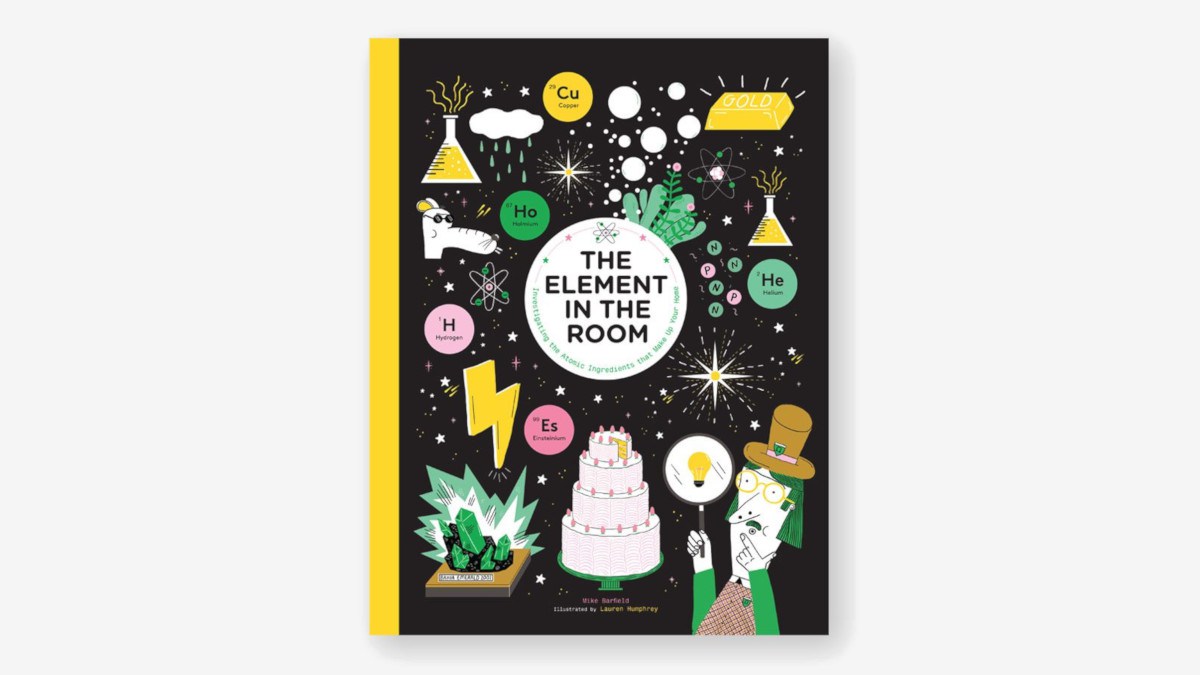
I was at the park the other day throwing pine cones at my kids when a horrified mother asked, “How can you hit your kids with pine cones!” I said it was pretty easy: you just don’t lead them as much. First, this is important because my brain is almost completely incapable of accessing the proper pop-culture comeback (in this case, Full Metal Jacket) until the middle of the night after it was needed. Second, it’s not entirely true: my 5-year-old still tends to take a vector, but my 7-year-old has learned to zig and zag in a way that makes him really hard to hit. (Note: for proper aerodynamics it’s essential to use pine cones in which the seed scales remain closed. You’ll thank me later.)
Of course, I imagine there may be studies in the fields of education or child development that recommend against pelting your offspring with small, swiftly-thrown projectiles. But gosh is it fun! And I just ran across this One Study to Rule Them All, which implies that as long as you love your kids and they love you, it takes a real, concerted effort to mess them up too badly.
The study, by the Sutton Trust, is about attachment. Now attachment is a hot topic, fraught with intrigue and argument in circles that care to intrigue and argue about this kind of thing. But basically, secure attachment describes a situation in which, “a child can safely express negative emotion, and seek proximity to the caregiver, and can expect to feel better,” the authors write.
On the flip side are two major styles of insecure attachment: avoidant in which distressed kids learn to avoid the parent, and disorganized in which the child tries desperately to break through a parent’s wall of indifference or anger with “big” and sometimes irrational emotions.
A host of studies show the benefits of secure attachment, ranging from higher cognitive and social skills, to higher incomes and lower rates of divorce and mental illness. Apparently, the benefits of secure attachment remain even across tiger parents and helicopter parents and free-play parents and parents who over-praise or under-wash or happen to have a particular fondness for watching children run in glorious mock horror as they try to make it to safe zone before being pummeled by coniferous reproductive structures.
Here’s the kicker: the study finds that a full 40 percent of children are insecurely attached. Twenty-five percent of kids avoid their parents when the kids are upset. And 15 percent “learn to resist the parent, because the parent often amplifies their distress or responds unpredictably,” they write.
Sadly, attachment tends to be a generational, trickle-down thing—the largest risk factor for having a child with insecure attachment is a parent’s own attachment. Were you or are you still in this 40 percent? If so, it’s going to take some conscious creation of a new way of relating in order to break the cycle.
Now, I don’t know nearly enough to draw the line between what is responsiveness and what is over-indulgence. But what I do know is this: after we get back from the park, my kids are going to want to snuggle in bed and look at pictures of macaroni penguins on the iPad.
I figure: love the hell out of your kids and let the rest sort itself out.



Garth – insightful, funny and true. I couldn’t agree more. It’s extra complicated for parents who are divorced, as they get bombarded! On a related note, I feel the same way about all the divorce/coparenting studies/stories/strategies that come out, and just did on piece on that on HuffPost Divorce yesterday, as noted in the URL below.
Excellent, excellent. I would add one thing, the Most Important Thing: Love the Child’s Mother. Children do not like to see their Mother upset or mistreated. Sure, guys, bounce a roll off Mom’s head once in a while, but never, ever threaten her and the kids will grow up secure.
Our society likes to view anything that looks like aggression as “wrong.” From comments like those you describe by the chiding mother to zero-tolerance policies in schools and other institutions. The justification, of course, is that studies have shown that exposure to violence (especially early exposure — before age 7) is a risk factor for a host of bad outcomes (e.g., violence later in life).
However, this overgeneralization is an issue of misinterpreting the scientific literature (Note: I blame the media for sensationalizaiton and researchers for not better clarifying the relationship the first time).
Are we really willing to say that a father throwing a glass at a child is equivalent to throwing a pinecone at a child? Hopefully, the answer is “no.” Not only can we see the qualitative difference, but there is a distinct quantitative one as well. The first is called “aggression” and the second one is called “play.”
We make judgments of right and wrong based on the topography of a behavior (e.g., what it looks like; throwing a baseball) rather than the function of that behavior (e.g., what was the goal?; hurting the child OR pitching to the child). However, when we engage in play with our children (regardless of whether that appears aggressive to the outside world), we are engaging with them in a way that they enjoy, and potentially fostering a stronger relationship.
So, this is was my round-about way of saying “I loved your editorial” and simultaneously trying to defend science as a whole. 😉
Best,
-Ryan
One of those child development researchers.
Cheers, Ryan. As much as I wink at disregarding parenting science, what I really mean is that it’s probably not worth getting caught up in the minutiae of “should” and “shouldn’t” to the point that it affects the emotional experience.
That said, there are certainly findings that make (or should make…) better education policy, better teachers and even better parents. Just in the last week I’ve seen fascinating findings about girls and STEM fields, Kahneman’s system 1 and system 2 as they apply to the generation of creative thought, and more from the long line of Bjork on the consolidation of learning/memory during time delay.
The opposite of turning a blind eye, I kind of love this stuff — but then when I go to use it, I start feeling like Indiana Jones trying not to step on the tile that’s going to embed a poison arrow in my calf, and decide to chuck it all out the window. I do actually stay away from material rewards for activities my kids enjoy (see earlier posts), buy Snap Circuit and other gender-neutral toys for my construction obsessed 5yo girl, and tend to plunk the offspring in piles of screws, duct tape, cardboard, wood scraps, rope and moderately safe power tools and see what happens.
But then I figure intelligence is at least 80 percent genetic and my wife and I were good the wee ones before they were 5. So heck. Now we’ve largely given the children to our labradors for further raising.
(Oh, and do you have any cool papers coming out? If so, please ping me and I’d love to write about them.)
Very interesting article, and HILARIOUS! “I said it was pretty easy: you just don’t lead them as much.” and then as if you were going to get serious you explained how your boy was harder to hit since he zigs and zags. I almost fell out of my chair. Thanks for starting my morning off with a good laugh – and some quality content.